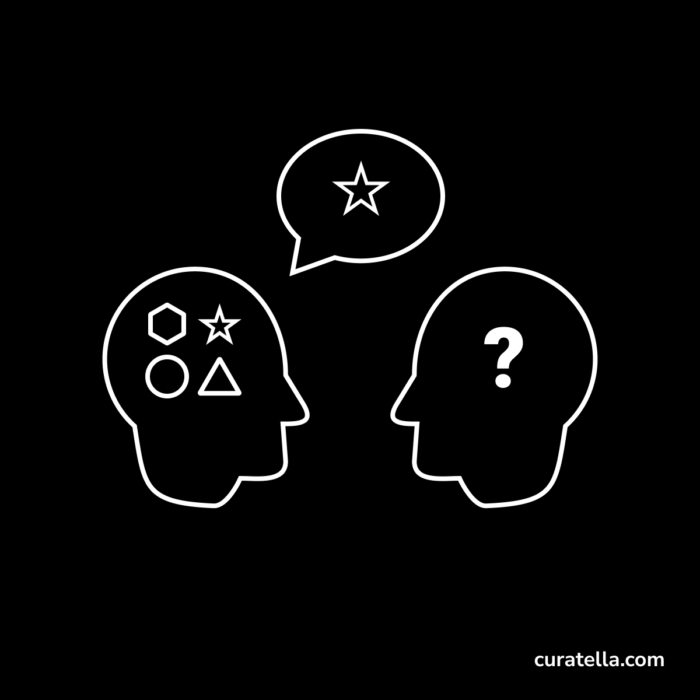Don’t take the context of your message for granted. Or you will do a supercazzola.
I experiment a lot. I subscribe to many products and services under development, in the alpha, or beta phase. Some of them promote their projects and ask to leave your email to be contacted in the future to send you development news.
Many of them are enthusiastic that they are growing or releasing a new version and invite you to visit their website to try it.
Problem: communicating your enthusiasm without an introduction
They talk a lot about the day’s news, but they do not say who they are. The message they sent is from some cool names, and they abstractly communicate their joy of being alive missing badly to give context to the communication.
Problem: your name is not descriptive
Your name, your business name, or your product is not explaining the value I should find in following your communication. So I am confused.
So you find yourself with an enthusiastic message by people probably working hard to polish their jewels shooting in the darkness of unpopularity.
Problem: failure in anticipating the value
What will I see if I click your link?
See also the usability heuristics: “Visibility of system status” and “Recognition rather than recall .”We could paraphrase it as “Who are you? Would you please remind me what is your product?”
Result: indifference
Once per day, I celebrate in my inbox with perfect strangers their business achievements. From time to time, I don’t remember who they are or what their product is about. And they get ignored. That is the sad truth.
Set the context for effective communication
Communication needs to be designed. And communication design can help you in creating a message well-formed and well received.
To capture your audience’s attention, you need to establish the right context to prepare the communication you want to send. Clarify the receiver’s mind about the message you want to convey. Then communicate your content.

Leave a Reply